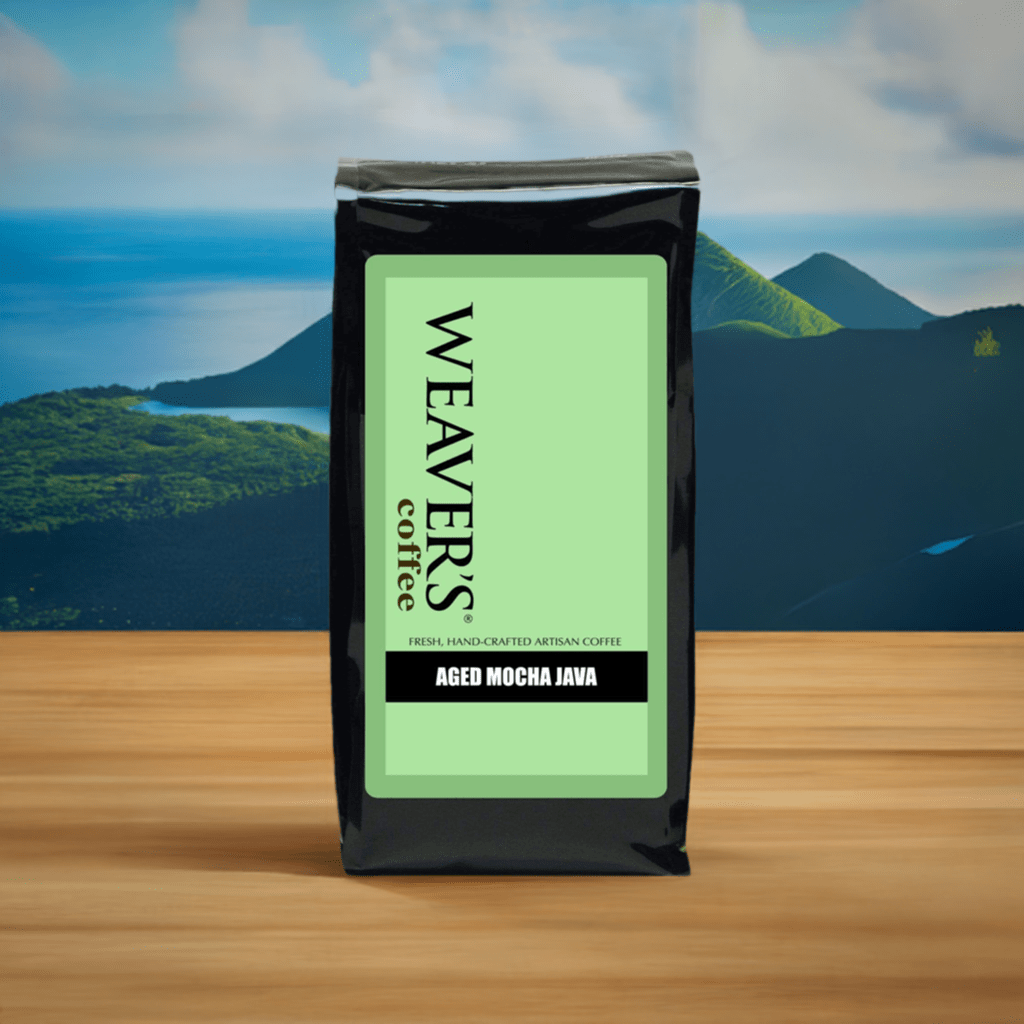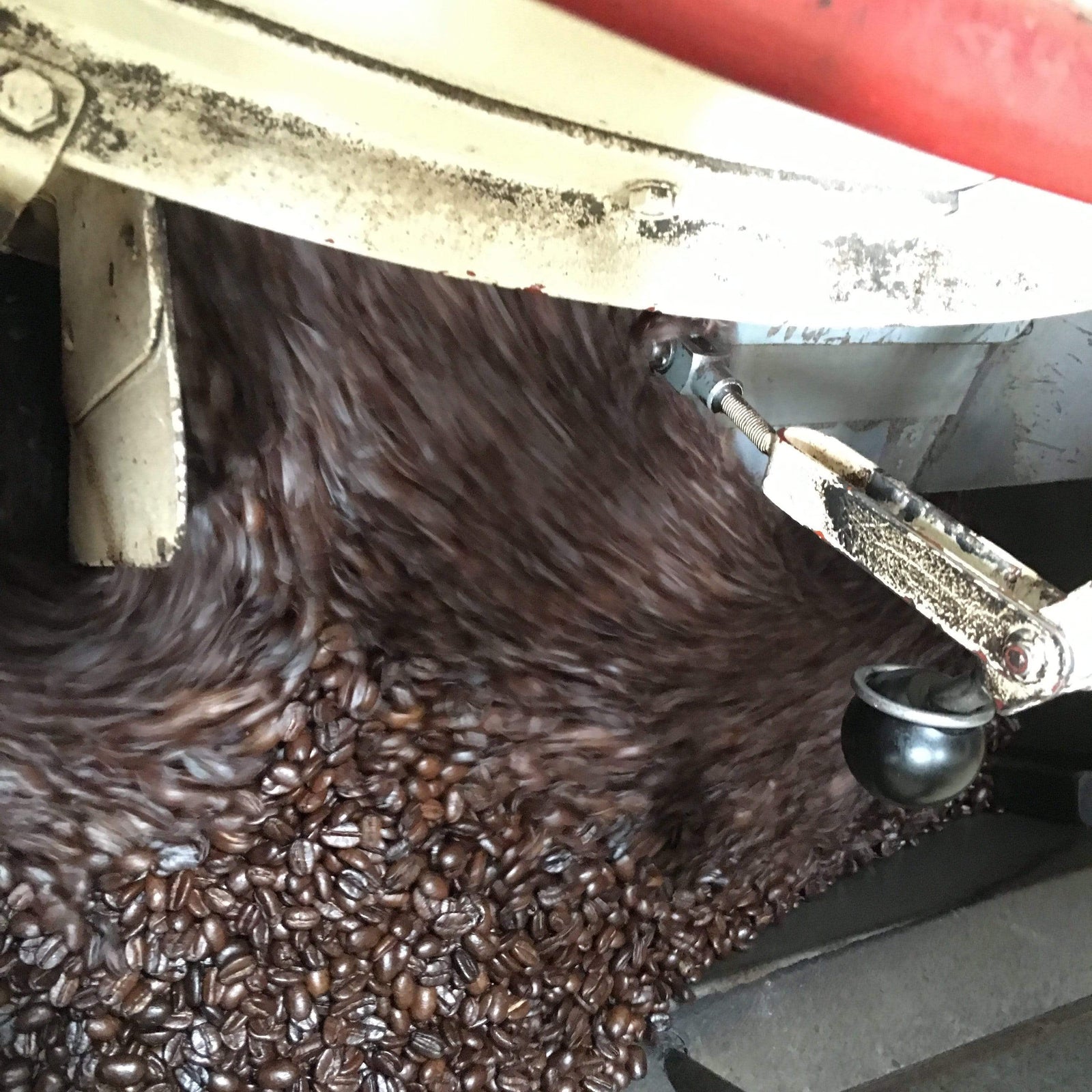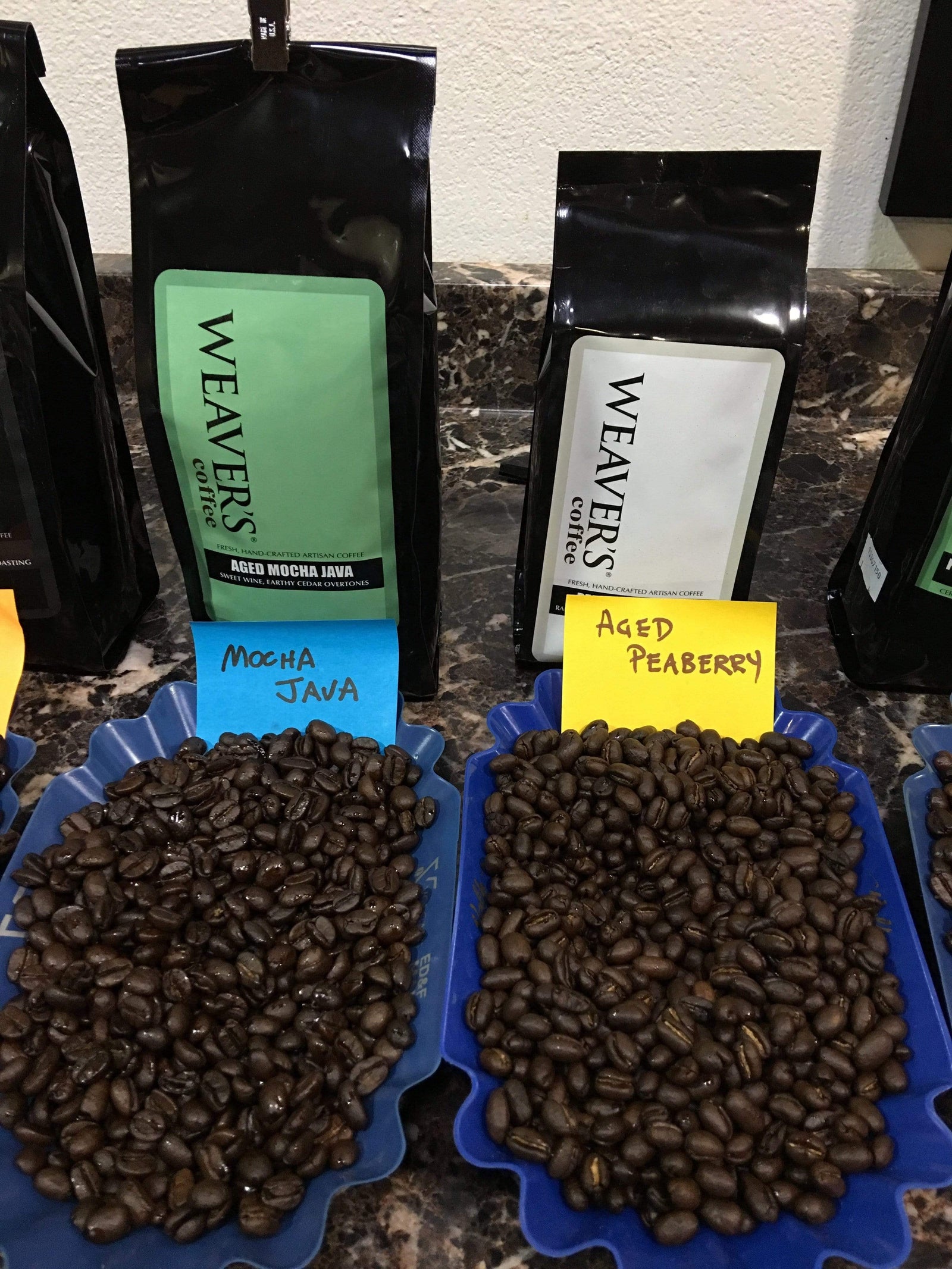



Aged Mocha Java Coffee
$ 36.95 - $ 184.75
Aged Mocha Java Coffee
Weaver’s Aged Mocha Java Coffee: The Art of Aged Perfection
Discover the bold, refined taste of Weaver’s Aged Mocha Java Coffee—a rare and masterfully crafted blend aged for two to eight years to develop an exceptionally smooth, low-acidity profile with complex, layered flavors.
What Makes Aged Mocha Java Special?
- ✅ Uniquely Aged for 2-8 Years – Enhances depth, smoothness, and complexity.
- ✅ Rich & Velvety Smooth – Low acidity with an incredibly balanced flavor.
- ✅ Distinctive Flavor Notes – Experience fresh-cut cedar, sweet berries, and wine-like undertones.
- ✅ A Legendary Coffee Blend – Inspired by the original Mocha Java blend, one of the world’s first coffee blends.
More Info
The Tradition of Aged Coffee
Aging coffee is an ancient practice that originated when coffee was transported by sea, allowing it to develop a deeper, richer profile. Weaver’s Aged Mocha Java Coffee undergoes a similar transformation, stored in ideal conditions for up to eight years to naturally enhance its complexity.
This aging process mellows acidity, intensifies earthy, spicy, and fruit-forward notes, and creates a truly one-of-a-kind coffee experience.
The Rich, Fertile Soil of Java
Sourced from the lush, volcanic slopes of Java, Indonesia, this coffee benefits from exceptionally fertile soil shared with cacao, potatoes, and other crops. Farmers navigate steep terrain, often carrying freshly picked coffee cherries by foot or scooter to the nearest collection points.
Thanks to recent efforts by coffee professionals and exporters, the region is experiencing a revival in specialty coffee, bringing Java’s legendary coffee quality back to global recognition.
How to Brew & Enjoy
Weaver’s Aged Mocha Java Coffee is best enjoyed as:
☕ A rich, smooth espresso with notes of cedar and berries.
☕ A perfectly balanced pour-over for a clean, complex cup.
☕ A bold, full-bodied French press to highlight its deep, aged character.
Indulge in the Timeless Elegance of Aged Mocha Java!




